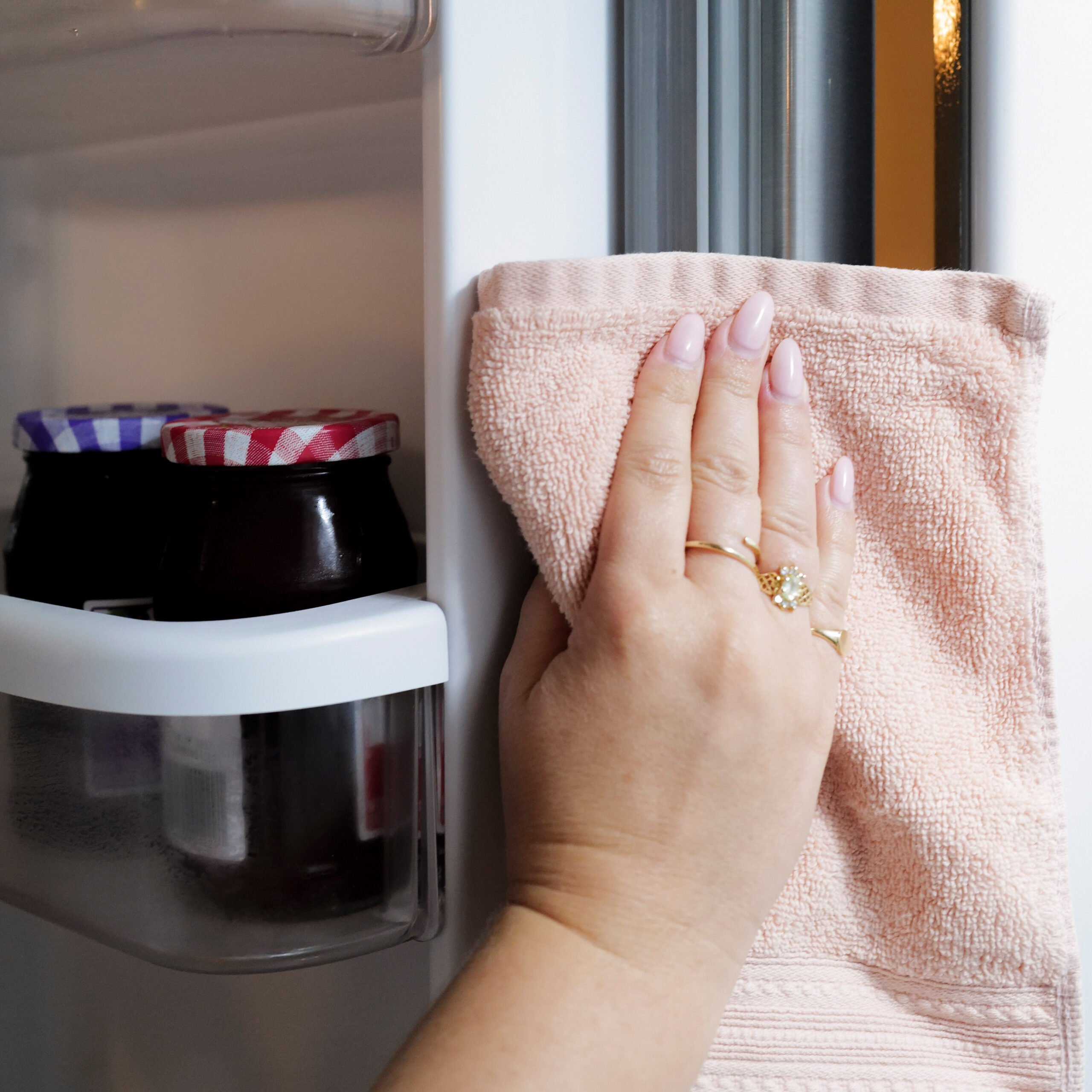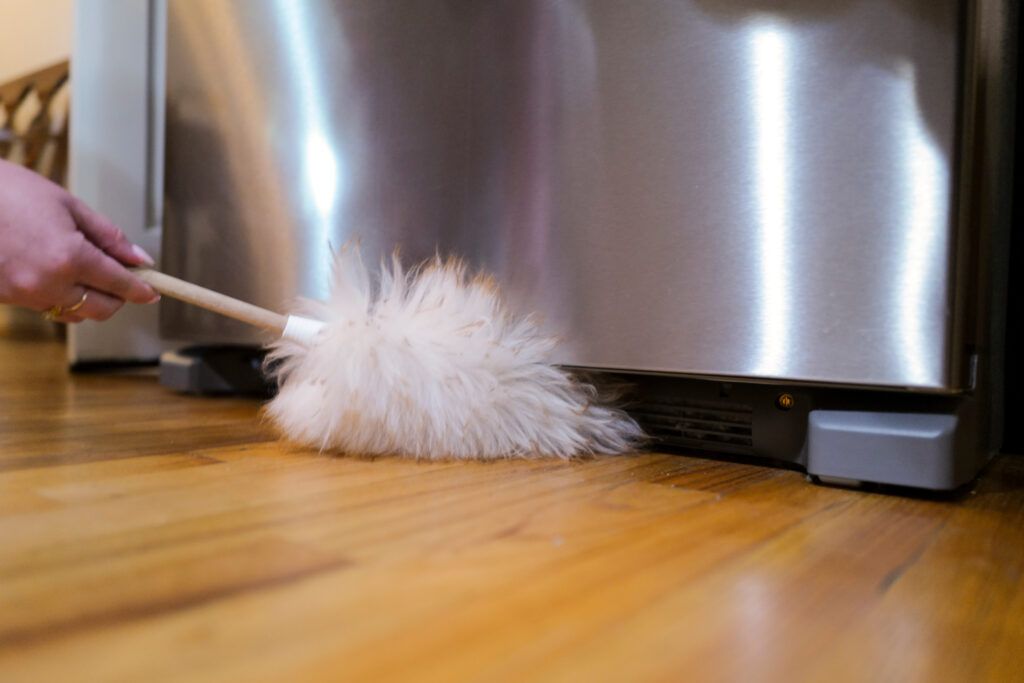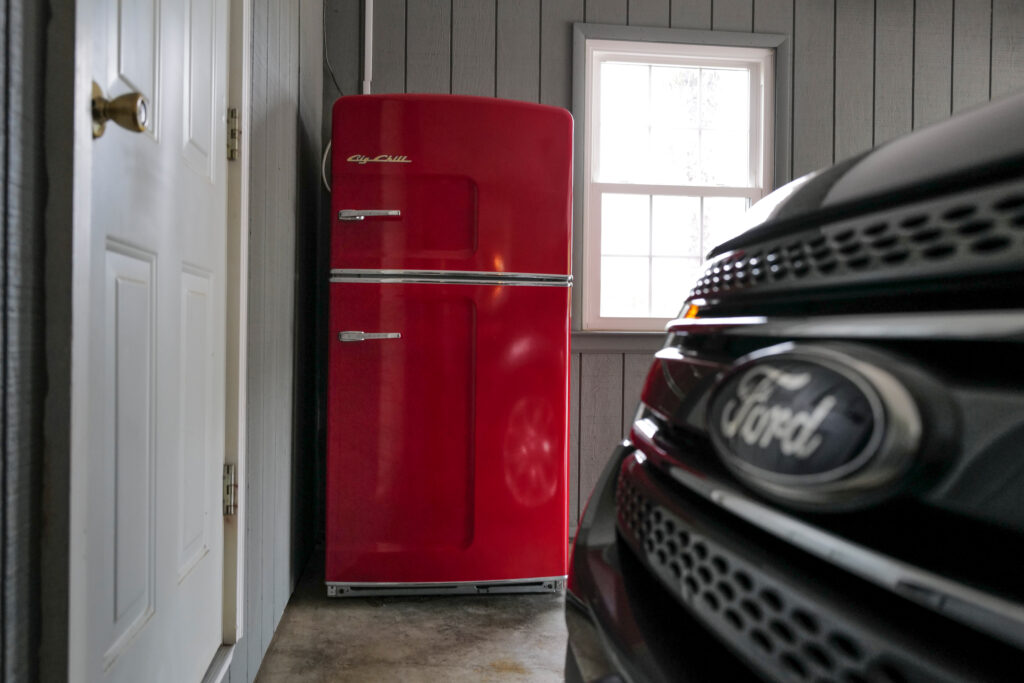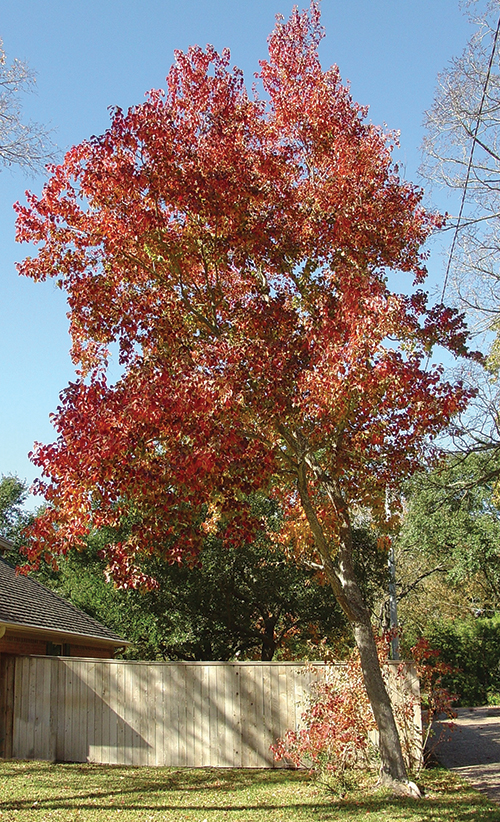Refrigerator and Freezer Efficiency Tips

What are some ways I can improve the efficiency of my refrigerator and freezer?
When exploring ways to be more efficient with refrigerators and freezers, we often find ourselves stuck between convenience and conserving energy. While you can upgrade to newer equipment, care and equipment habits can be just as important to saving energy.
Here is some guidance on equipment energy use, including tips to keep your current equipment running efficiently and ways to limit overuse of refrigeration in our homes.
The U.S. Department of Energy helps us understand what to look for in our existing equipment and new appliances. In general, the larger the refrigerator, the more energy it uses. The most efficient models are typically 16 to 20 cubic feet. Models with the freezer on top tend to use less energy than bottom freezers or side-by-side units. A refrigerator 15 years or older uses about 35% more energy than an Energy Star-certified model.
Let’s explore some tips to keep your refrigerator running efficiently
Keep it organized. One of the biggest issues with refrigerator energy use is opening the door or keeping it open. An organized fridge makes food items easier to find, minimizing open-door time and keeping cold air inside. Place items in the same spots so they are easier and faster to find. I tell my kids to take a quick look inside at the options and close the door while they are deciding what to eat.

Keep it clean. Regularly cleaning the gasket—the flexible strip around the perimeter of the fridge door—ensures a tight seal between the door and the unit to keep cold air inside. If the gasket is not sealing tightly, it should be replaced. Removing and cleaning the vent at the bottom of the unit can help airflow. For the coils at the back, use an extended cleaning brush instead of moving the fridge and risking injury.
Also, keep food safety in mind. The Department of Energy recommends setting your refrigerator temperature between 35 and 38 degrees and freezer at 0 degrees.

If you have a second refrigerator or freezer, here are some things to consider that can help you save energy
Do you need it plugged in year-round? Perhaps you can keep it empty and unplugged for part of the year. Maybe you only really need it during the holiday season. Unplugging it for the months you aren’t using it will save energy, and you’ll still have it as a backup when you need it.
If you are a hunter or buy meat in bulk, set a goal to empty out your freezer before you restock. This allows you to avoid food waste and unplug the extra appliance when it is not needed.
If possible, consider the location. Keeping the second fridge or freezer in a cool basement versus a hot garage requires less energy.
Instilling simple cleaning and food storage habits are easy ways to be more efficient with your in-
home refrigeration.
Miranda Boutelle is the chief operating officer at Efficiency Services Group in Oregon, a cooperatively owned energy efficiency company. She has more than 20 years of experience helping people save energy at home, and she writes on energy efficiency topics for the National Rural Electric Cooperative Association, the national trade association representing nearly 900 electric co-ops.




